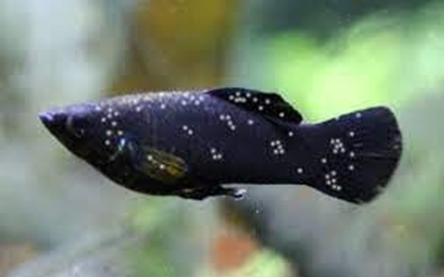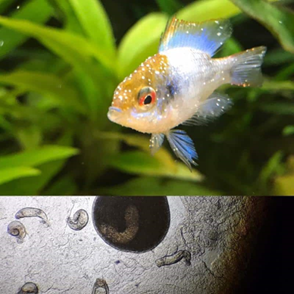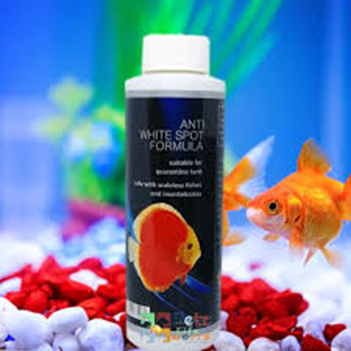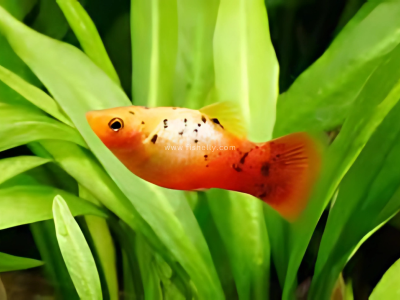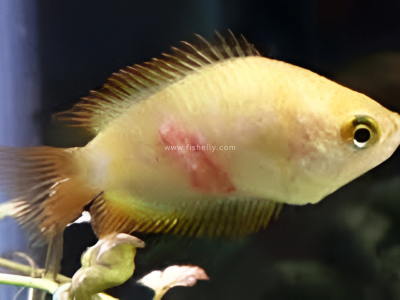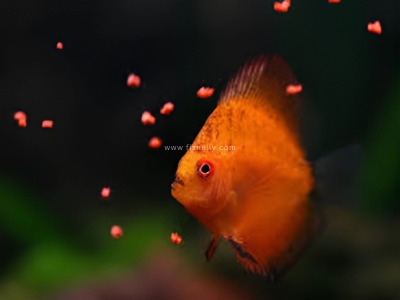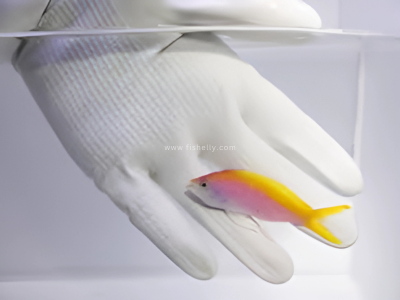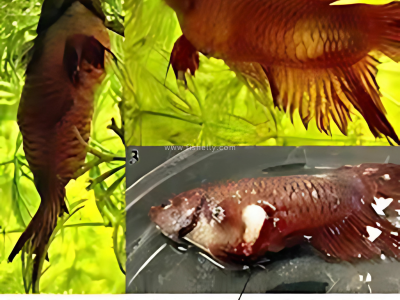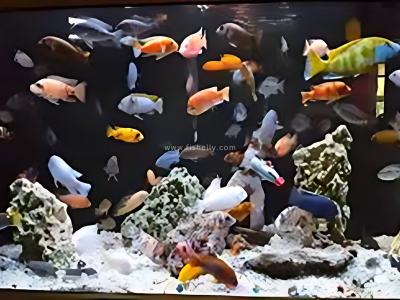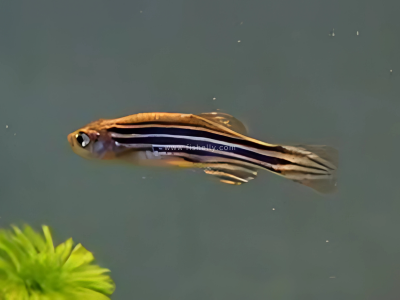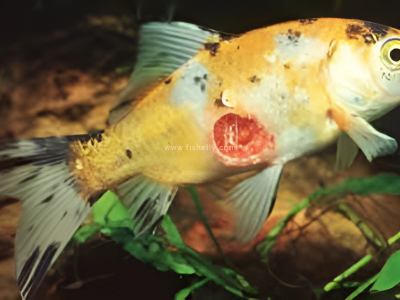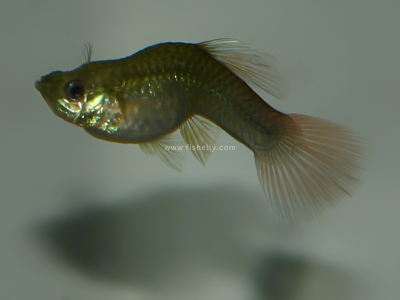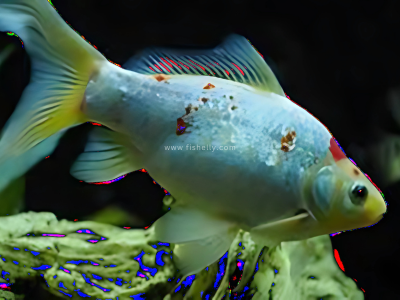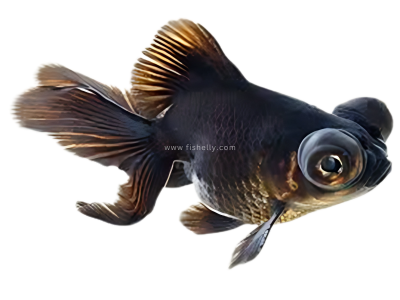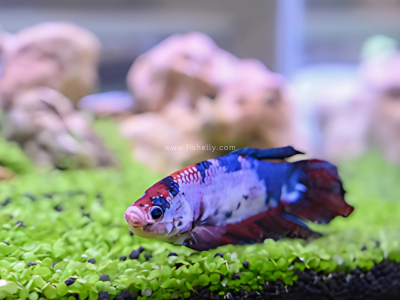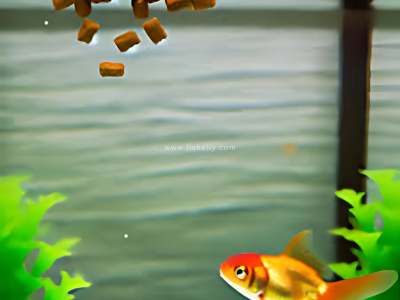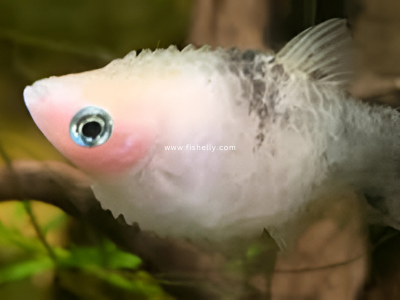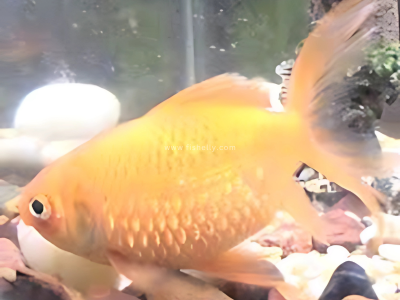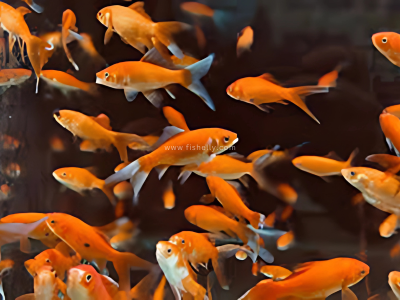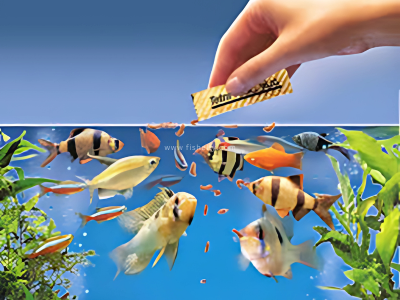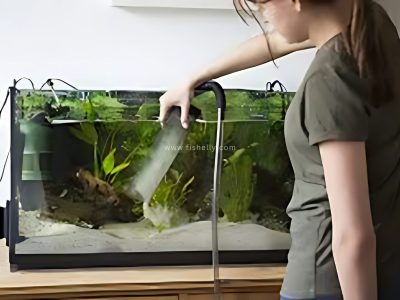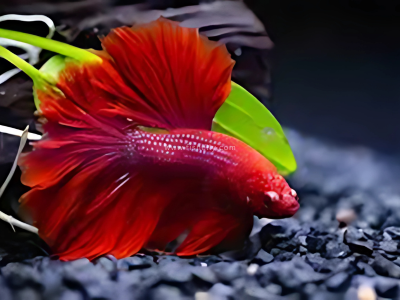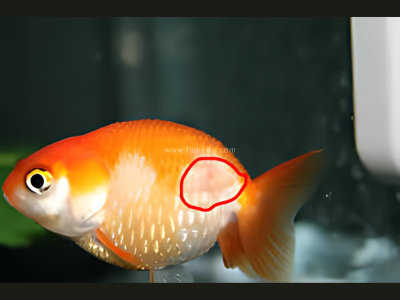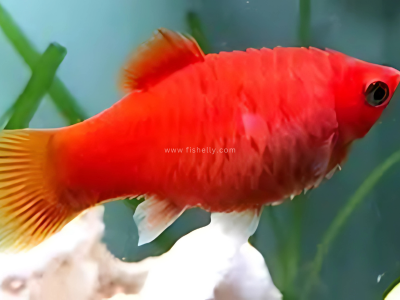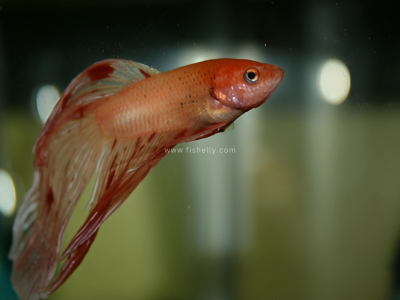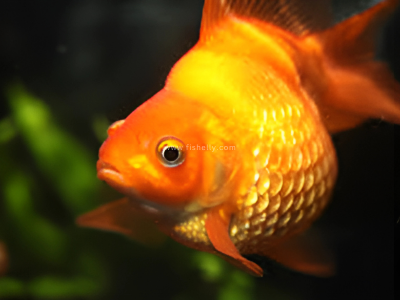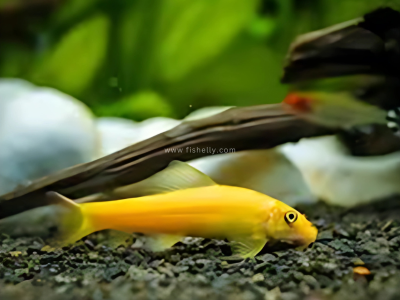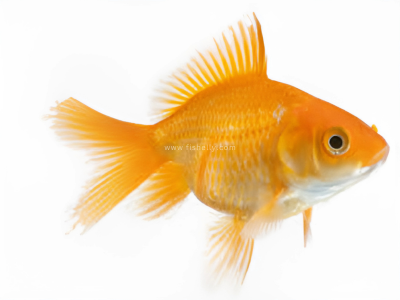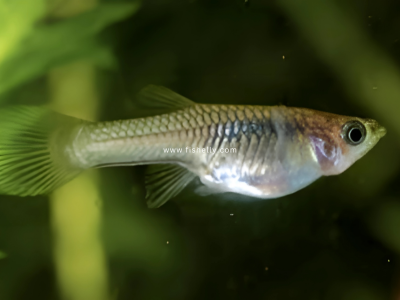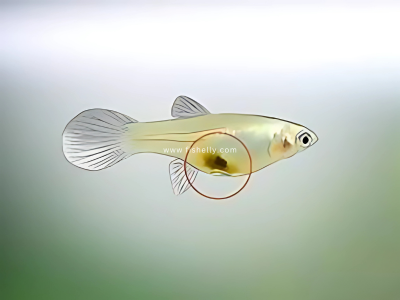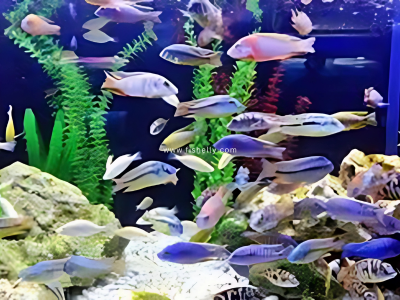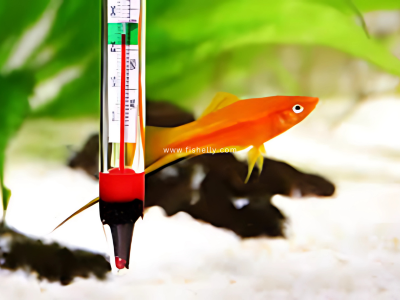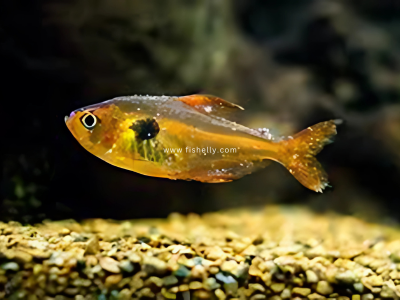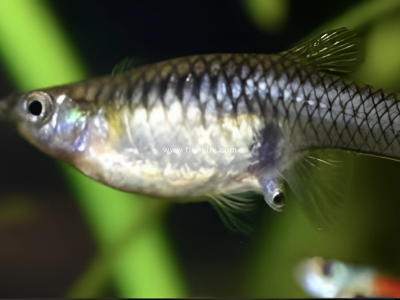Camallanus Red Worms in Fish: Symptoms, Treatment & Prevention
Identify, treat, and prevent Camallanus worms in aquarium fish. Learn about effective medications and aquarium care tips to keep your fish healthy.
Table of Contents
- What Are Camallanus Red Worms?
- Symptoms of Camallanus Worms
- Why Do Camallanus Worms Happen?
- How to Treat Camallanus Worms
- Effective Medications
- Key Medication Use Tips
- Is Camallanus Worm Disease Contagious?
- How to Prevent Camallanus Worms
- Faq
- Conclusion
Aquarium fish are susceptible to a range of health issues, and one of the most threatening is infestation by Camallanus red worms. These small but deadly parasites can quietly infect freshwater fish, especially livebearers and cichlids, with extreme internal damage and usually go undetected until it's too late. Knowing what Camallanus worms are, what they do to your fish, and how to treat and prevent them is imperative to having a healthy, flourishing aquarium.
What Are Camallanus Red Worms?
Camallanus red worms (Camallanus spp.) are a severe parasitic infestation that can infect freshwater aquarium fish, especially livebearers and cichlids. If not treated, the parasites can lead to serious health problems and even death. Early detection and treatment of Camallanus worms are necessary to save your fish and ensure a healthy aquarium environment.
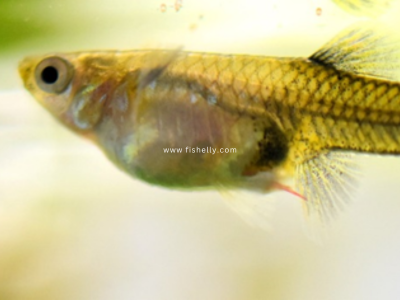
Symptoms of Camallanus Worms
Early detection of the symptoms of Camallanus worms can aid in successful treatment. Check for the following symptoms in your fish:
Red, thread-like, thin worms hanging from the anus of the fish: This is the most evident symptom of infection.

Appetite loss and thinness: Infected fish will refuse to eat and become thinner with time.

Sluggishness and decrease in activity level: Infected fish will be drowsy and less active.

Enlarged abdomen or bloating: The worms in the intestines may result in noticeable bloating.
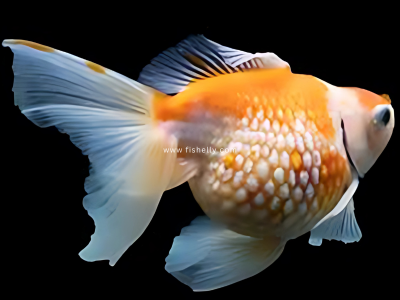
Swimming difficulty: Extensive infections could result in weak movement.

Mucus-coated or white-colored feces: This reflects intestinal issues due to the parasites.
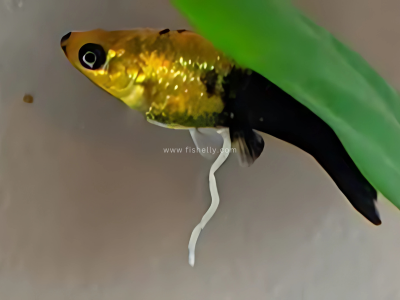
Should you identify any of the symptoms on your fish, speedy action must be taken.
Why Do Camallanus Worms Happen?
Camallanus worms infect an aquarium via contaminated live foods, infected fish, plants, or substrate. The parasites have a multifaceted life cycle where their larvae can endure in the aquarium substrate and infect fish upon ingestion. Inside the body of the fish, the worms attach to the intestinal lining, leading to damage, malnutrition, and other ailments.
How to Treat Camallanus Worms
Successful treatment includes administering anti-parasitic drugs, practicing good hygiene, and making sure the entire aquarium is treated to avoid reinfection. Both adult worms and larvae need to be eliminated.
Effective Medications
There are a number of medications that work very well to treat Camallanus worms:
Levamisole: The drug paralyzes the worms, and it is easier for the fish to naturally eliminate them. It does not kill the worms but enables them to be eliminated by the digestive system of the fish.

Fenbendazole: A strong anti-parasite that eliminates both adult worms and larvae, guaranteeing total elimination.

Praziquantel Even though primarily employed to treat tapeworms, it also aids in the elimination of internal parasites such as Camallanus worms.
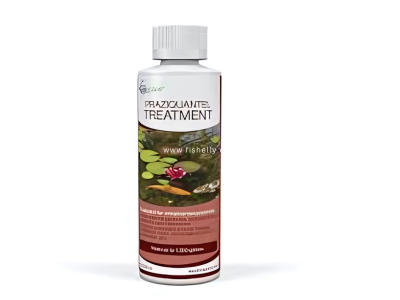
Flubendazole: This drug causes the worms to be unable to take up nutrients, which leads to their ultimate death.
Key Medication Use Tips
• Be sure to follow dosage directions precisely.
• Remove chemical filtration (e.g., activated carbon) from your aquarium before treatment, as this will absorb the medicine and render treatment useless.
• Medicate the entire aquarium, not just separate fish, in order to kill all the parasites.
Is Camallanus Worm Disease Contagious?
Yes, Camallanus worms can spread easily, especially in community tanks where multiple fish share the same environment. If one fish is infected, it is safe to assume that others may also be carrying the parasite, even if they do not show symptoms. For this reason, it is best to treat the entire tank rather than isolating and treating only the visibly affected fish.
How to Prevent Camallanus Worms
Prevention is better than cure. Here are some important steps to prevent Camallanus worm infestations in your aquarium:
Quarantine New Fish
• Quarantine new fish for a minimum period of two weeks before adding them to your main tank.
• Watch for signs of parasites or sickness in them.

Be Careful with Live Foods
• Live foods like bloodworms and daphnia may at times carry parasite larvae.
• Only purchase live food from trusted suppliers, or use frozen or pellet substitutes to reduce the risk.

Keep Good Aquarium Hygiene
• Vacuum the substrate on a regular basis to take out any parasite eggs or larvae.
• Make regular water changes to keep water clean and parasite-free.
• Clean and service filters to avoid accumulation of toxic bacteria and parasites.

Boost Fish Immunity
• Provide a balanced and varied diet to enhance your fish's own immunity to parasites.
• Minimize stress in your fish by keeping stable water parameters and not overcrowding.

Check Plants and Decorations
• Prior to introducing new plants, rocks, or decorations into your tank, rinse them well to eliminate possible contaminants.
• Through these prevention strategies, you can minimize the chances of Camallanus worm infestations and have healthy fish.

Faq
1. What are Camallanus worms?
Camallanus worms are parasitic red worms that infect freshwater aquarium fish, particularly livebearers and cichlids. They attach to the intestines and can cause serious health issues if left untreated.
2. How can I tell if my fish has Camallanus worms?
Look for red, thread-like worms hanging from the fish’s anus, loss of appetite, sluggish movement, bloating, difficulty swimming, and white or mucus-coated feces.
3. How do fish get infected with Camallanus worms?
Fish can get infected through contaminated live foods, infected fish, plants, or substrate. The worm larvae can survive in the aquarium and infect fish when ingested.
4. Are Camallanus worms contagious?
Yes, they spread easily in community tanks where multiple fish share the same water. If one fish is infected, others are likely carrying the parasite too.
5. What is the best treatment for Camallanus worms?
Effective medications include:
• Levamisole – Paralyzes the worms, making them easier to expel.
• Fenbendazole – Kills both adult worms and larvae.
• Praziquantel – Helps eliminate internal parasites.
• Flubendazole – Starves the worms by preventing nutrient absorption.
6. How do I use these medications properly?
Follow the dosage instructions carefully, remove chemical filtration (like activated carbon), and treat the entire tank instead of just one fish.
7. Can Camallanus worms be prevented?
Yes! Prevent them by:
• Quarantining new fish for at least two weeks.
• Avoiding live foods from unreliable sources.
• Cleaning the aquarium regularly.
• Keeping fish healthy with a balanced diet and stress-free environment.
8. Should I isolate infected fish?
It’s best to treat the entire tank, as other fish may be infected even if they don’t show symptoms.
9. Can humans get infected with Camallanus worms?
No, these parasites do not infect humans.
10. How long does it take to get rid of Camallanus worms?
With proper treatment, you may see improvement within a few days, but complete elimination can take a couple of weeks.
11. Will my fish recover after treatment?
Yes, if treated early, most fish can recover fully. However, severe infections may cause lasting damage.
Conclusion
Camallanus worms are a dangerous parasite to aquarium fish, but with prompt recognition, proper treatment, and good aquarium hygiene, they can be successfully treated and avoided. If you have spotted any of these symptoms in your fish, act fast to initiate treatment and avoid further infection. If you keep up the regular care and observation, your aquarium can be a healthy and safe place for your fish to live.By being aware and following proper aquarium habits, you can prevent parasites from attacking your fish and keep them healthy for years to come.
Got questions or tips? Drop them in the comments!


